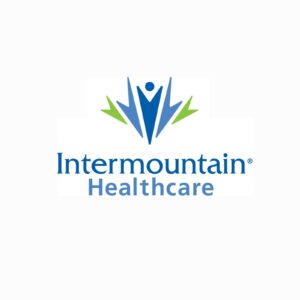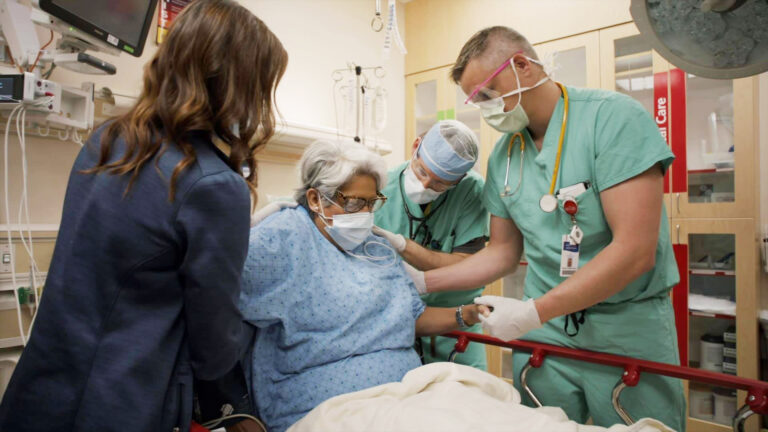


Highlights
40% reduction in time spent notifying neurologists
Notifications to on-call physicians regardless of physical location
Complex escalations enabled with dynamic on-call scheduling
During a stroke, a patient loses 32,000 brain cells per second; that is 1.9 million a minute. So when doctors say every minute counts, they mean it. In 2019, using telehealth technology, Intermountain Healthcare physicians can assess patients at 17 of the system’s 22 hospitals using cameras and television screens in Emergency Department patient rooms.
The backbone of a successful stroke telehealth program is the availability of dedicated neurologists, and a reliable process to notify them of a requested consult. Intermountain Healthcare’s IT Service Management team helped to translate complex neurologist on-call schedules and escalation protocols into the xMatters system which provides reliable notification to the neurologists when a patient needs an emergent stroke evaluation.
Challenges
During the first months of the stroke program’s implementation, Intermountain Healthcare discovered that the traditional paging technology was unreliable for reaching doctors over long distances and did not provide adequate reception in remote mountain locations. Transfer specialists had no way of knowing whether their messages had been received or whether to resend messages. This resulted in increased wait times for patients suffering from a stroke.
The neurologists used dynamic on-call schedules, so specialists at the transfer center didn’t have an accurate schedule they could quickly refer to. The lack of automation with a complex escalation process was hampering the efforts of transfer specialists. They had to set timers and manually watch the clocks to make sure they were moving patients along at an acceptable rate while working other calls.
“We had difficult and varied escalation protocols,” explains Kristi Hinckley, Transfer Center Supervisor for Intermountain Healthcare. “The initial algorithm was complicated and drawn-out.”
Solution
The previous communication solution hampered the ability to provide patients with the urgent stroke evaluation they needed. Now, with xMatters service reliability platform, neurologists receive timely notifications regardless of their mobile provider, even if one of their communication technologies is down. With more reliable messaging, Intermountain Healthcare physicians rarely escalate to other devices anymore and IT support teams have less management overhead.
IT Service Management also helped administrative assistants set up dynamic on-call schedules inside xMatters with the intuitive visual scheduling tool. They can input a neurologist’s calendar and rotation schedule in advance, modifying them as needed. xMatters uses rules to notify different physician groups depending on the time of day, so admins create the monthly oncall schedules once and the system determines which groups to notify.
Each physician may also carry multiple devices that can receive notifications. The xMatters system automatically notifies the right device according to on-call and escalation schedules, as well as individual physician preferences.
“xMatters integrates with our enterprise authentication and messaging strategies,” says Will Young, IT Service Management Process Owner for Intermountain Healthcare. “Multiple processes use xMatters to deliver messages reliably, without impacting the performance of the other processes. Intermountain IT Service Management and our xMatters partners proudly support the Intermountain Stroke team in our company’s mission of helping people live the healthiest lives possible.”
Benefits
Intermountain Healthcare was already a leader in telehealth response time for stroke victims. Its 5-minute mean time to first response was far below the national average. But, with the new notification service in place, Intermountain Healthcare has reduced the overall time to connect the on-call neurologist to the requesting emergency doctors to less than 3 minutes from the time of the initial request.
Today Transfer Center specialists notify neurologists of a stroke consultation request with a standardized, automated escalation process to ensure notification to the on-call physicians and backup doctors.
The streamlined process provides reliable, targeted notifications to on-call neurologists. It also provides the ability to send notifications to the entire group, then escalates them to specific physicians based on time of day and physician schedule.
“By implementing xMatters in our notification workflow, we’ve been able to quickly and reliably engage our physicians, which leads to faster evaluation and treatment for our acute stroke patients,” notes Katherine Repko, TeleHealth Operations Initiatives Manager.
Transfer specialists no longer have to wonder if their notifications were delivered. Now they can validate delivery and troubleshoot any notification issues. Each doctor’s response comes with a timestamp for a permanent record.
“The Intermountain stroke request process is quick and efficient every time because it’s simplified and to the point,” Hinckley says. “This is because of our dedicated 24/7 neurologists, a great Transfer Center team, and the programming capabilities of xMatters.” “The technical changes we’ve made with xMatters have been a real benefit for us, but more importantly for our patients,” Young agrees. “It’s all about our patients.”
